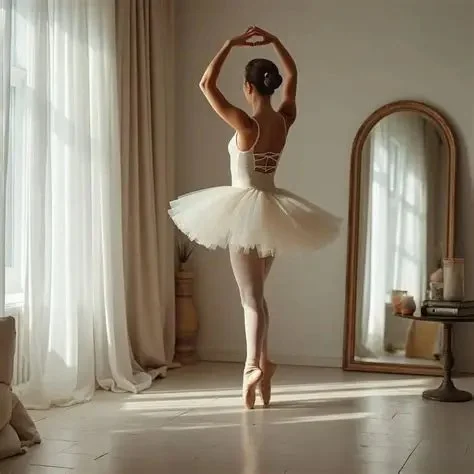
Ballet to Improve Flexibility: Expert Tips for Enhancing Your Stretching Routine
- 1. Why Ballet is an Effective Way to Improve Flexibility
- 2. Key Ballet Movements to Boost Flexibility
- 3. How Consistent Ballet Practice Enhances Flexibility
- 4. Expert Advice on Ballet Stretching Techniques
- 5. Creating a Balanced Ballet-Inspired Flexibility Routine
- 6. Tips for Beginners: Getting Started with Ballet for Flexibility
1. Why Ballet is an Effective Way to Improve Flexibility
Ballet is not just about graceful movements and artistry; it’s also an excellent way to improve your flexibility. The structured movements in ballet require controlled stretches, strengthening, and elongation of the muscles, which all contribute to greater flexibility. By practicing specific ballet exercises, dancers develop a greater range of motion in their joints and improve overall muscle elasticity, making ballet an ideal activity for anyone looking to improve flexibility.
2. Key Ballet Movements to Boost Flexibility
There are several ballet movements that specifically target flexibility. Some of the most effective movements include:
- Arabesque: This movement lengthens the legs and opens up the hip flexors, providing an excellent stretch for the entire body.
- Grand plié: A deep squat in ballet, this exercise helps stretch and strengthen the hamstrings and calves while increasing the flexibility of the lower back and hips.
- Developpé: A slow, controlled lifting of the leg to the side or above the head, this movement targets flexibility in the hamstrings, hips, and inner thighs.
3. How Consistent Ballet Practice Enhances Flexibility
Like any form of exercise, consistency is key to seeing progress in ballet. Regular ballet practice encourages long-term muscle development, which leads to sustained improvements in flexibility. A structured routine that includes proper warm-ups, targeted stretches, and relaxation exercises will gradually improve your range of motion. Dancers often see marked improvement within just a few weeks of consistent practice.
4. Expert Advice on Ballet Stretching Techniques
Experts recommend a combination of static and dynamic stretching techniques to improve flexibility. Static stretches, such as holding a stretch for 30 seconds, are effective for lengthening muscles, while dynamic stretches—such as controlled leg swings—prepare the body for movement and enhance mobility. Ballet’s emphasis on both types of stretches allows for an effective approach to flexibility that also helps prevent injury.
5. Creating a Balanced Ballet-Inspired Flexibility Routine
To create a ballet-inspired flexibility routine, start by including exercises that target the major muscle groups used in ballet, such as the hamstrings, hip flexors, calves, and lower back. A well-rounded routine should include both upper and lower body stretches, ensuring balanced flexibility. Additionally, incorporate relaxation and breathing exercises to help release tension and further increase muscle elasticity.
6. Tips for Beginners: Getting Started with Ballet for Flexibility
If you're new to ballet, start by focusing on the basics. Begin with simple stretches and gradually progress to more complex movements as you become more comfortable. Remember to listen to your body and never push yourself too hard—flexibility takes time. For beginners, it’s helpful to work with an instructor who can guide your movements and ensure proper technique. With patience and persistence, you'll begin to see improvements in flexibility, posture, and strength.
For further guidance on ballet-inspired flexibility practices and more tips from experts, visit American Dance Academy for specialized resources and classes designed to help you enhance your flexibility.
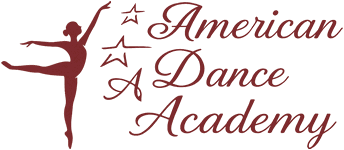

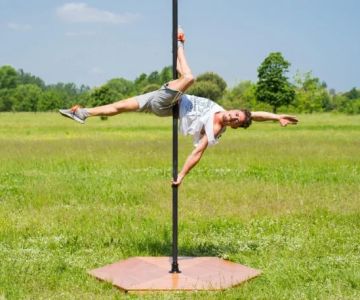
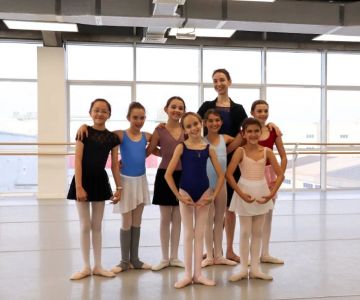

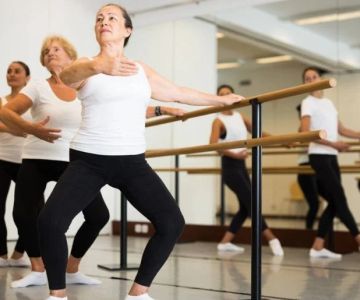
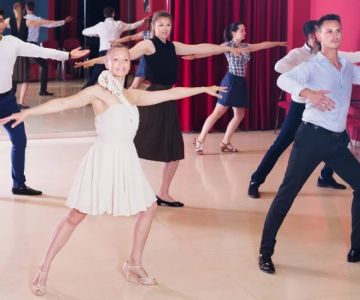
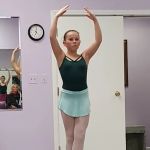 Barrington Dance Academy5.0 (22 reviews)
Barrington Dance Academy5.0 (22 reviews) Canyon Concert Ballet4.0 (17 reviews)
Canyon Concert Ballet4.0 (17 reviews) Big City Dance Center LLC4.0 (25 reviews)
Big City Dance Center LLC4.0 (25 reviews) Tye Chua Dance & Kalamazoo Ballet5.0 (18 reviews)
Tye Chua Dance & Kalamazoo Ballet5.0 (18 reviews) Fenton Ballet Theatre4.0 (24 reviews)
Fenton Ballet Theatre4.0 (24 reviews) Front Street Dance Center5.0 (7 reviews)
Front Street Dance Center5.0 (7 reviews) Are There Dances in Middle School? What Students and Parents Should Know
Are There Dances in Middle School? What Students and Parents Should Know How a Dance School in Instagram Builds Community and Success
How a Dance School in Instagram Builds Community and Success Why Do Schools Teach Square Dancing?
Why Do Schools Teach Square Dancing?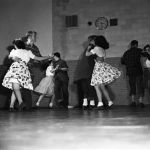 Why Was Square Dancing Taught in School?
Why Was Square Dancing Taught in School? Why Swing Dance Is Popular for Adults
Why Swing Dance Is Popular for Adults A School Dance: How to Prepare, Shine, and Make It Unforgettable
A School Dance: How to Prepare, Shine, and Make It Unforgettable